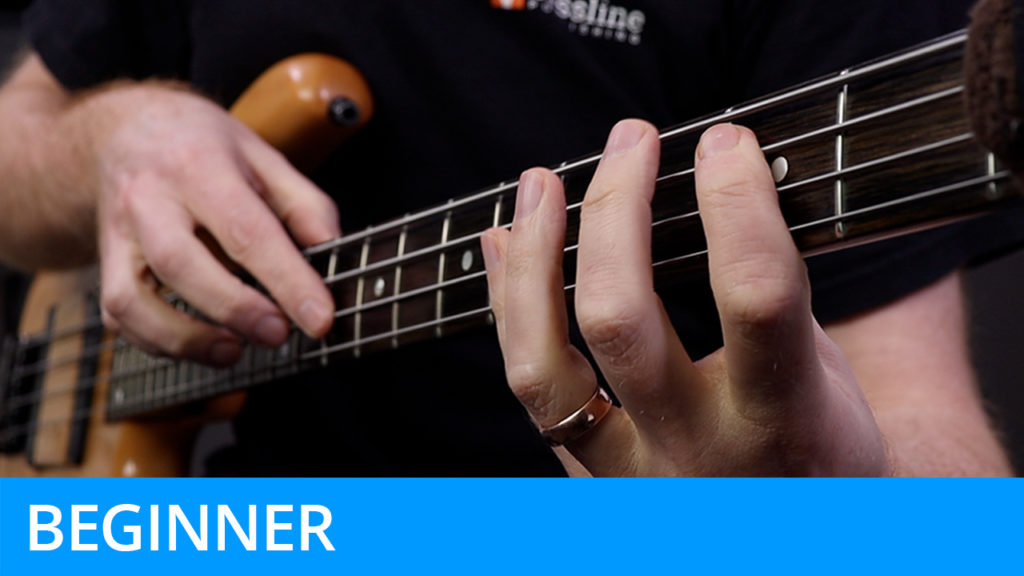Providing Accompaniment
Course Duration: 1 Hour & 7 Minutes | Difficulty Level: 2
Having studied chords and arpeggios in detail, it might seem obvious that two-handed tapping can be used for playing accompaniment parts. Being able to sound multiple notes in each hand is essentially using the same approach that a pianist would take when playing through a chord progression. This video course will show you how to play some accompaniment parts with the tapping technique. These exercises will put to use everything covered in the previous six courses.
Don’t forget to hit the Download Resources button above in order to download the PDF worksheet and audio files for this course (available to subscribers only).


